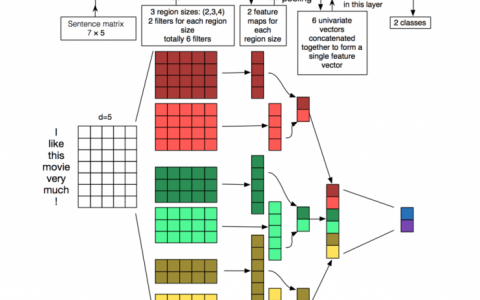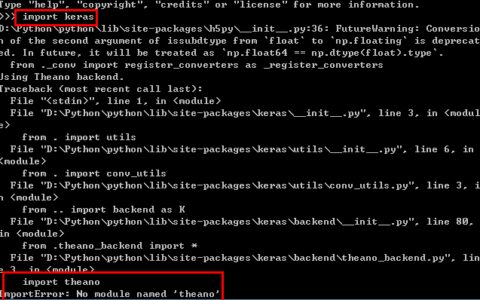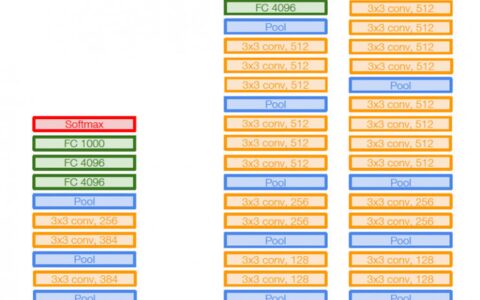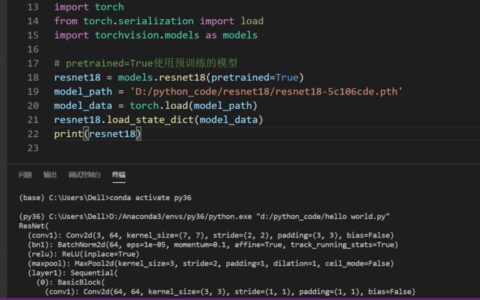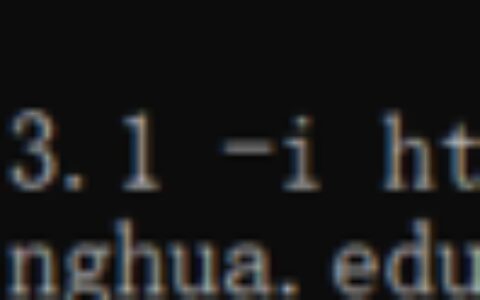import torch import torch.nn as nn import numpy as np import matplotlib.pyplot as plt # 超参数设置 # Hyper Parameters BATCH_SIZE = 64 LR_G = 0.0001 # learning rate for generator LR_D = 0.0001 # learning rate for discriminator N_IDEAS = 5 # think of this as number of ideas for generating an art work (Generator) ART_COMPONENTS = 15 # it could be total point G can draw in the canvas PAINT_POINTS = np.vstack([np.linspace(-1, 1, ART_COMPONENTS) for _ in range(BATCH_SIZE)]) # show our beautiful painting range # plt.plot(PAINT_POINTS[0], 2 * np.power(PAINT_POINTS[0], 2) + 1, c='#74BCFF', lw=3, label='upper bound') # plt.plot(PAINT_POINTS[0], 1 * np.power(PAINT_POINTS[0], 2) + 0, c='#FF9359', lw=3, label='lower bound') # plt.legend(loc='upper right') # plt.show() # 著名画家的画 # 这里生成一些著名画家的画 (batch 条不同的一元二次方程曲线). def artist_works(): # painting from the famous artist (real target) a = np.random.uniform(1, 2, size=BATCH_SIZE)[:, np.newaxis] paintings = a * np.power(PAINT_POINTS, 2) + (a-1) paintings = torch.from_numpy(paintings).float() return paintings # 神经网络 # Generator (新手画家), G 会拿着自己的一些灵感当做输入, 输出一元二次曲线上的点 (G 的画). G = nn.Sequential( # Generator nn.Linear(N_IDEAS, 128), # random ideas (could from normal distribution) nn.ReLU(), nn.Linear(128, ART_COMPONENTS), # making a painting from these random ideas ) # Discriminator(新手鉴赏家). D 会接收一幅画作 (一元二次曲线), 输出这幅画作到底是不是著名画家的画(是著名画家的画的概率). D = nn.Sequential( # Discriminator nn.Linear(ART_COMPONENTS, 128), # receive art work either from the famous artist or a newbie like G nn.ReLU(), nn.Linear(128, 1), nn.Sigmoid(), # tell the probability that the art work is made by artist ) # 搭建完神经网络后,对 神经网路参数(net.parameters()) 进行优化 # 选择优化器 optimizer 是训练的工具 opt_D = torch.optim.Adam(D.parameters(), lr=LR_D) opt_G = torch.optim.Adam(G.parameters(), lr=LR_G) plt.ion() # something about continuous plotting # 训练 # G 首先会有些灵感, G_ideas 就会拿到这些随机灵感 (可以是正态分布的随机数), # 然后 G 会根据这些灵感画画.接着我们拿着著名画家的画和 G 的画, 让 D 来判定这两批画作是著名画家画的概率. # 然后计算有多少来之画家的画猜对了, 有多少来自 G 的画猜对了, 我们想最大化这些猜对的次数.这也就是 log(D(x)) + log(1-D(G(z)) # 因为 torch 中提升参数的形式是最小化误差, 那我们把最大化 score 转换成最小化 loss, # 在两个 score 的合的地方加一个符号就好. 而 G 的提升就是要减小 D 猜测 G 生成数据的正确率, 也就是减小 D_score1. for step in range(10000): artist_paintings = artist_works() # real painting from artist G_ideas = torch.randn(BATCH_SIZE, N_IDEAS) # random ideas G_paintings = G(G_ideas) # fake painting from G (random ideas) prob_artist0 = D(artist_paintings) # D try to increase this prob prob_artist1 = D(G_paintings) # D try to reduce this prob D_loss = - torch.mean(torch.log(prob_artist0) + torch.log(1. - prob_artist1)) G_loss = torch.mean(torch.log(1. - prob_artist1)) opt_D.zero_grad() D_loss.backward(retain_graph=True) # reusing computational graph 保留参数 opt_D.step() opt_G.zero_grad() G_loss.backward() opt_G.step() if step % 50 == 0: # plotting plt.cla() plt.plot(PAINT_POINTS[0], G_paintings.data.numpy()[0], c='#4AD631', lw=3, label='Generated painting',) plt.plot(PAINT_POINTS[0], 2 * np.power(PAINT_POINTS[0], 2) + 1, c='#74BCFF', lw=3, label='upper bound') plt.plot(PAINT_POINTS[0], 1 * np.power(PAINT_POINTS[0], 2) + 0, c='#FF9359', lw=3, label='lower bound') plt.text(-.5, 2.3, 'D accuracy=%.2f (0.5 for D to converge)' % prob_artist0.data.numpy().mean(), fontdict={'size': 13}) plt.text(-.5, 2, 'D score= %.2f (-1.38 for G to converge)' % -D_loss.data.numpy(), fontdict={'size': 13}) plt.ylim((0, 3));plt.legend(loc='upper right', fontsize=10);plt.draw();plt.pause(0.01) plt.ioff() plt.show()
本站文章如无特殊说明,均为本站原创,如若转载,请注明出处:pytorch1.0实现GAN - Python技术站

 微信扫一扫
微信扫一扫  支付宝扫一扫
支付宝扫一扫 